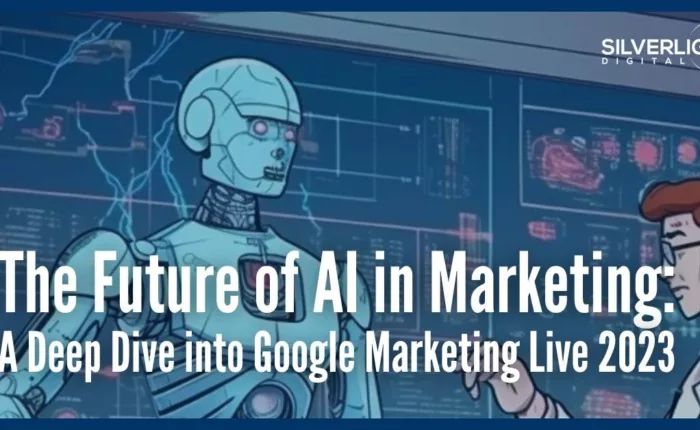Only 41% of companies have prepared for a future without third-party cookies. For almost 60%, it is still the cornerstone of their advertising strategy. Leaving the majority of marketing practitioners unprepared. In today’s digitalized world, customer expectations of brands and companies are high. Improving the experience they have throughout the decision and buying process is of utmost importance when driving business goals. It’s crucial for companies to adjust, evolve, and adapt to continue to deliver real-time personalization, while also building trust without third-party cookies. Finding ways to deliver personalized ads leaving out personal identifying information is especially crucial in the pharmaceutical marketing landscape where data privacy is essential.
The Good
Healthcare provider (HCP) targeting is mostly deterministic and will not be very heavily affected by cookies going away. HCP targeting has its own challenges, but the way they are targeted today will not be heavily impacted as current options do not rely on cookies. These cookie-less approaches include targeting by National Provider Identifier (NPI) level data, Rx data, and ICD-10 codes. Data partners are constantly updating their consent and permission list with HCPs to stay up-to-date and compliant with HIPAA as well as other regulations.
Patient targeting will experience some changes, but that is not to say that it will heavily impact our approach. A lot of endemic buys are contextually targeted because of the nature of the pharmaceutical and healthcare space. In a cookie-less world, contextual and content-based targeting will only grow in scale. Programmatically, major players have already begun setting up solutions that will allow for a seamless transition, but some drop off on scalability is to be expected.
The Bad
Three quarters of companies believe the removal of third-party cookies will have a negative impact on their business. The Interactive Advertising Bureau projects cookie-less advertising will cost publishers $10 billion in revenue as currently users without cookies generate 37.5%-66% less revenue.
How (and if) third-party data providers pivot will determine how marketing agencies can respond and adjust to a world without cookies. Third-party data providers must develop new solutions for targeting without cookies. If not, advertisers will be forced to go through big data players, such as Facebook and Google, who threaten to monopolize data privacy and data profitability.
The Solution
Since 2019, Google has been working on a replacement for third-party cookies. It previously announced it would release an alternative called Federated Learning of Cohorts (FLoC). It has since retired that plan and created a replacement called Topics API planned to roll out in 2024.
But, the World Wide Web Consortium (W3C) rejected this solution. Topics API, a new privacy sandbox, allows third parties to use browser history. They can to combine data and create profiles that allow advertisers to target ads based on broad topics instead of collecting cookies. This solution allows your browser to determine a handful of topics representing your top interests for that week based on your browsing history. These interests are temporarily stored in your browser without user identification and deleted after three weeks.
According to Tech News Space, the proposed API changes are not enough of a change to correct the policy of inappropriate surveillance on the internet. The W3C has asked Google to stop further development. In response Google stated they were confident that their API will offer significant privacy improvements over third-party cookies. Google stated they will continue to develop it.
Regardless, this does not seem to be an apples-to-apples quality replacement for targeting. Given the new policies Google and Facebook have implemented thus far in response to privacy regulations, if left to rely on them, advertisers should expect a decline in current abilities to target by specific diagnosis, demographics, location, etc., which will make advertising more costly for brands looking to get the same results.
The Reality
Digital advertisers already have alternatives such as leveraging first- and second-party data and the use of contextual and interest-based targeting. Google announced a delay to its plan to complete the third-party phase out until the second half of 2024. Given the multiple delays to the eradication of third-party cookies, further postponements would not be a surprise.
Google is not the only big tech company making changes to protect user privacy. The impact of these combined efforts is currently unknown, while regulators put pressure on Google to retire third-party cookies. Change is coming. It’s more important than ever to have a media agency partner who knows what change is coming to digital advertising. It’s not a matter of “if” cookies go away, they will go away. We need to prepare for the success of our clients as media buying partners while there’s still time.
This article by Lori Goldberg, founder and CEO of Silverlight Digital, was originally published on PharmaLive.




